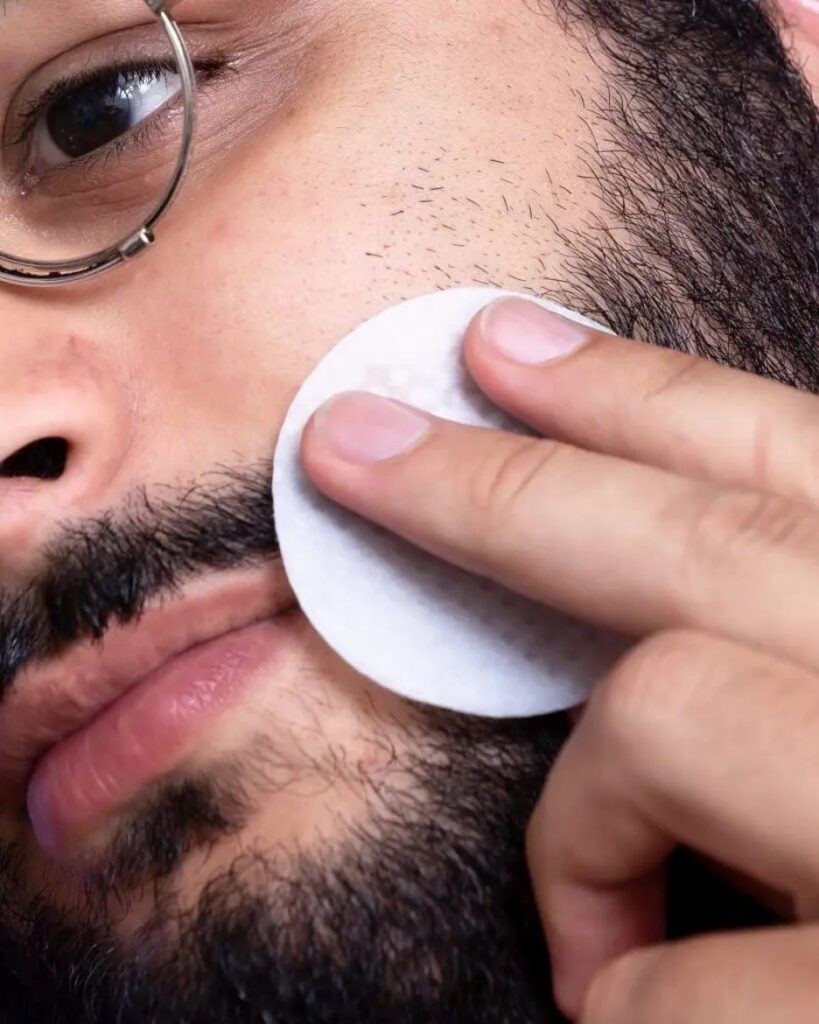Moustache & Beard Hair
Due to various reasons, some men may not have sufficient facial hair and might desire a more masculine lower facial appearance. Certain ethnicities have less hair growth in the lower face, making it challenging to grow a substantive moustache or beard. Therefore, individuals request a facial hair transplant to address the issue. Asian men, for instance, may have limited hair growth in the goatee and mustache area, with only patchy hair growth in this region. Facial hair transplantation helps in reinforcing and strengthening the existing hair pattern, improving symmetry, and at times it is done with the intention of adding density and fullness where there may not have been any before, depending on the individual’s preferences and donor-hair capacity.
WHAT IS A BEARD TRANSPLANT?
A beard transplant is a surgical procedure that involves the extraction of hair follicles from a donor area, usually the back of the scalp, and transplanting them onto the beard area. This procedure is typically performed for men with patchy or thin facial hair or those who have lost their beard due to scarring, injury, or genetics. During the procedure, the surgeon will make tiny incisions in the beard area and carefully place the extracted hair follicles into these incisions. The transplanted hair will grow in its new location, giving the patient a fuller and thicker beard.

At what point does a beard transplant begin to show growth?
After undergoing the procedure, it typically takes approximately 3 to 4 months for beard hair growth to initiate. Around 5 to 6 months majority will notice considerable hair growth throughout the transplanted region. It’s not until 7 to 8 months post-surgery that the full impact of the operation will become apparent.
WHAT TO EXPECT FROM A BEARD TRANSPLANT PROCEDURE?

Follicular Unit Extraction (FUE): During this procedure, tiny punch incisions are made to extract the hair follicles directly from the donor area – usually the back or sides of the head. A needle or blade is used to make tiny holes in the recipient area into which the hair follicles are gently placed. The surgery can take 1 to 4 hours. A gauze or bandage will be used to cover the treated area for a few days. Multiple surgical sessions may be needed to achieve satisfactory hair fullness.
RECOVERY AFTER A BEARD TRANSPLANT
You can return home after the effects of sedation have worn off. A bandage will be placed over the treated area that should be kept in place for a day or two. There may be some swelling and discomfort, for which medications may be prescribed. Antibiotics may also be prescribed which should be taken as directed to avoid the risk of infection. You may have to sleep in a semi-upright position for 2-3 days to avoid putting pressure on the treated areas.

